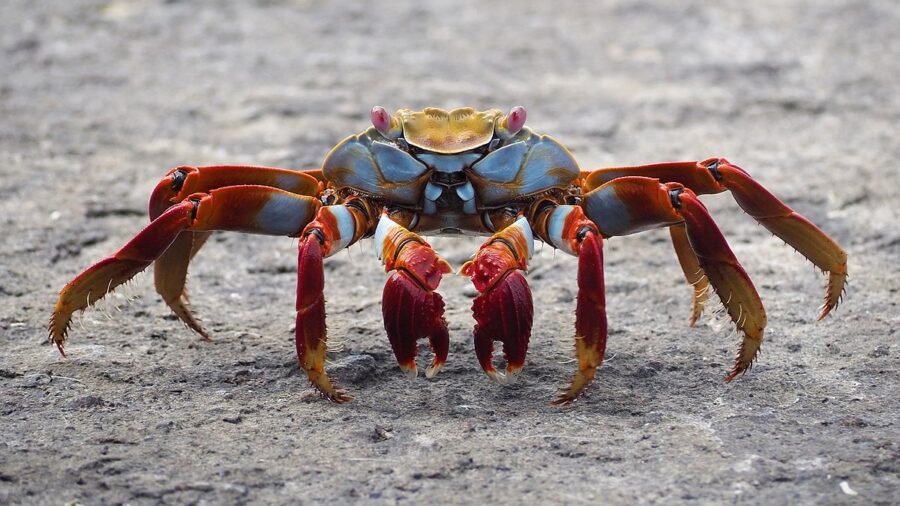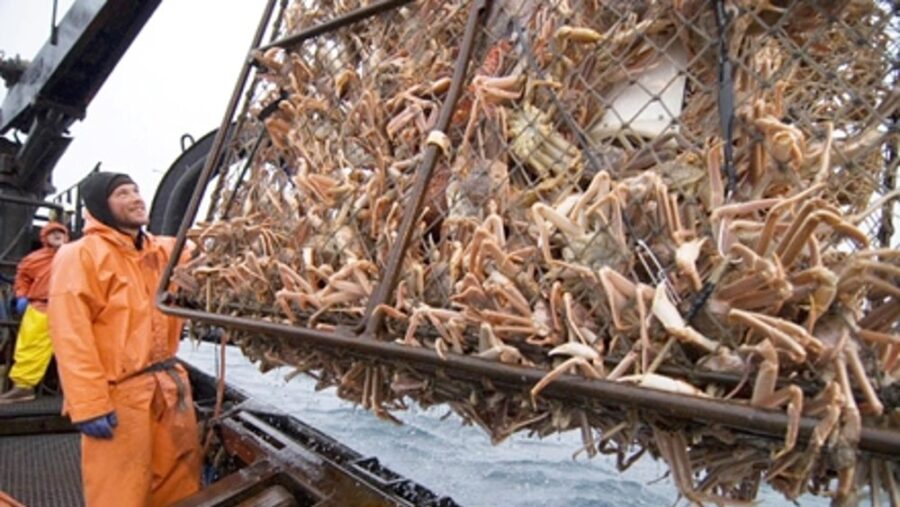10 Billion Crabs Disappear And Now We Know Why

In the three-year span from 2018 to 2021, Science News reported that the Bering Sea lost an estimated 10 billion snow crabs. The Bering Sea (off the coast of Alaska) has long been a staple of the Alaskan fishing industry.
An average opilio crab fishing season used to bring in around $150 million of revenue. After the decline of the crab population in the Bering Sea, the 2021-2022 crab fishing season only brought in about $24 million.
Billions of snow crabs have vanished from the Bering Sea, and marine biologists are blaming a heat wave for the sudden drop in population.
The implications left in the wake of an enormous loss of crab life in the ocean are grim and uncertain. Before a mysterious circumstance took out billions of crab life in the Bering Sea, the Alaskan crab fishing fleet dropped significantly as well.
Before the die-off, there were 251 boats in the fleet. After the die-off, there are only around 89 boats working in the fishery. This is a huge concern for the industry as a whole, which has already undergone a massive historic shift in operation.
Marine biologists say it could be at least four years before the crab population begins to recover from the die-off, but what caused the problem to occur in the first place? Scientists now think they know the answer to that question.
Though the crabs are hardy enough to survive in waters up to 12 degrees Celcius (53 degrees Fahrenheit), the warmer water temperatures caused the crabs’ metabolism to amp up.
In 2018, the Bering Sea experienced a marine heat wave. Typically, the already cold sea waters freeze creating cold-water pools with temperatures below two degrees Celcius. In 2018, the heat wave prevented this from occurring placing the crab population in waters that were around three degrees (Celcius) warmer than normal.

Though the crabs are hardy enough to survive in waters up to 12 degrees Celcius, the warmer water temperatures caused the crabs’ metabolism to amp up. The crab population was already feeling the strain of overpopulation in one particular area of the ocean shelf in the Bering Sea due to unusually favorable breeding conditions in 2010.
A high metabolism means the crab population needed more food to sustain itself, and the food simply wasn’t there. The theory is that the great crab die-off was caused due to an increased need for food. The population collapsed when there wasn’t enough dinner to keep their bodies moving.
The crab situation in Alaska is only one large impact of the human strain on the global environment. Science has made it clear that we as stewards of this planet, can no longer deny that global warming is a real problem to be managed.
The crab population was already feeling the strain of overpopulation in one particular area of the ocean shelf in the Bering Sea due to unusually favorable breeding conditions in 2010.
Not to mention all of the fishermen who were put out of business when the industry took such a hard hit. Hundreds of people with families to support no longer have their main method of income. The fishery just disappeared or became unmanageable in what seemed like an instant of time.
Though the massive loss of crab life is something to be upset about, the effect the environmental shift has had on the lives of the humans involved in the industry was also tragic. Without future efforts to preserve the environment, situations like this will become more prevalent and disastrous.












